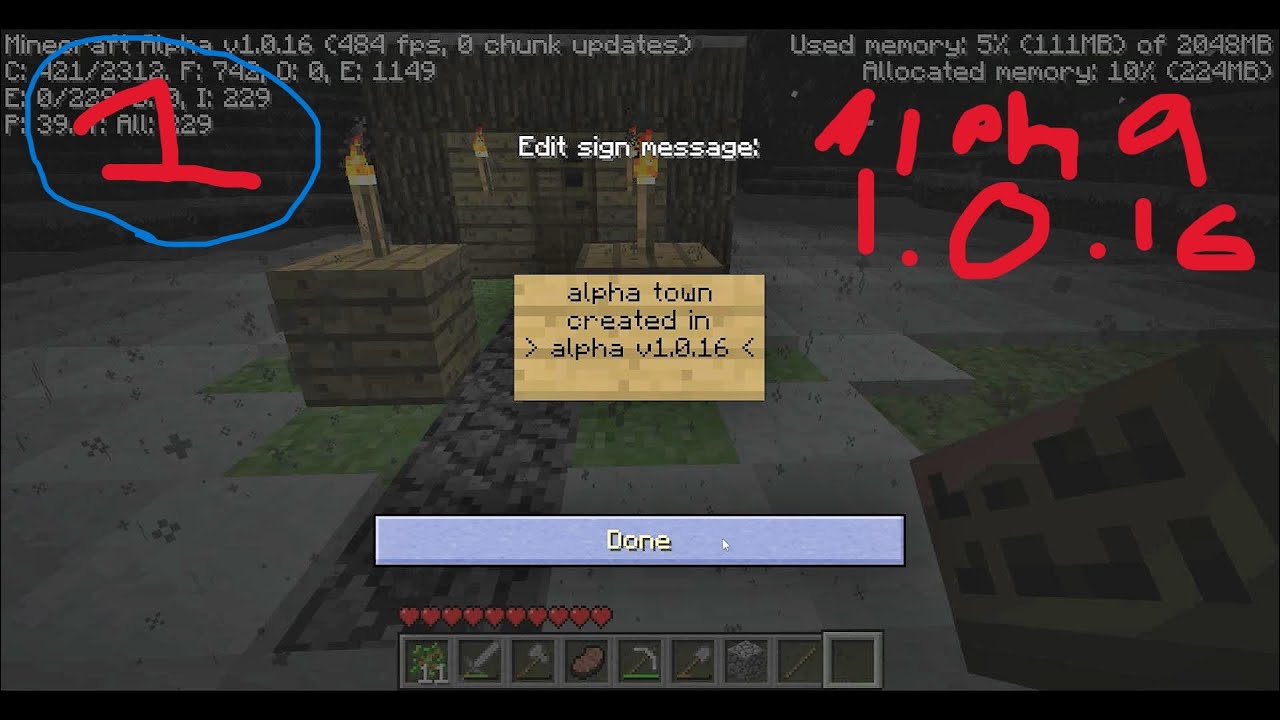Heart of Darkness by Joseph Conrad | Part 2: Traveling Up The River
Summary
TLDRIn this riveting narrative, Marla embarks on an upriver journey that feels like a voyage through time, encountering cannibals and European outposts. The script delves into Marlow's complex emotions towards the 'prehistoric' Congolese, revealing a paradoxical sense of both kinship and superiority. The mysterious note and coded book heighten the intrigue around Kurtz, reflecting the novella's underlying themes of racism and colonialism.
Takeaways
- 🚤 Marla embarks on an upriver journey with a manager and pilgrims, symbolizing a venture into the unknown.
- 🌳 The journey is described as a return to the earliest beginnings of the world, emphasizing the remote and primitive setting.
- 👥 Marla recruits 20 cannibals to aid in navigating the shallow waters, illustrating the desperation and the use of local resources.
- 🏰 Encounters with small European outposts and the sound of drums suggest the presence of colonial influence and indigenous life.
- 🌍 Marlow feels as if he's on a prehistoric earth of an unknown planet, highlighting the alien and ancient nature of the landscape.
- 🤯 A chaotic scene with yelling, clapping, and stamping portrays the intensity and primal nature of the indigenous people.
- 😕 Marlow's internal conflict about the humanity of the cannibals reflects the complex views on colonialism and the 'other'.
- 🔥 The prehistoric man's cursing, praying, and welcoming represents the ambiguity of the natives' attitudes towards the outsiders.
- 👨🔧 Marlow's comparison of the savage to a dog in breeches walking on hind legs satirizes the civilized pretense of the colonizers.
- 🚩 The discovery of a mysterious note and an old book with coded notes intensifies the intrigue surrounding Kurtz's character.
- 📚 The illegible signature and the coded messages indicate a secretive and possibly ominous aspect of Kurtz's activities.
- 💭 Marlow's struggle with racism and the novella's anti-colonial message create a 'schizophrenic' narrative, challenging the reader's perspective on colonialism and equality.
Q & A
What is the setting of Marla's journey described in the script?
-Marla's journey takes place on a river, heading upriver with a manager and some pilgrims, which is reminiscent of traveling back to the earliest beginnings of the world.
Why does Marla recruit 20 cannibals during the journey?
-Marla recruits 20 cannibals to help push the steamboat through the shallow waters of the river.
What do the small European outposts and the sound of drums symbolize in the script?
-The small European outposts and the sound of drums symbolize the presence of colonial influence and the mysterious, untamed nature of the African landscape.
How does Marlow perceive the prehistoric man cursing, praying, and welcoming them?
-Marlow perceives the prehistoric man's actions as an indistinct mixture of hostility and welcome, highlighting the ambiguity of their intentions.
What does Marlow consider 'the worst of it' regarding the cannibals?
-Marlow considers 'the worst of it' to be the realization of their humanity, which is similar yet distant from his own, causing a sense of discomfort and unease.
How does the script describe Marlow's view on the cannibals' humanity?
-The script describes Marlow's view as recognizing the cannibals' humanity but also as something separate and not equal to his own, reflecting a form of liberal-minded racism.
What does the scene with the steamboat and the savages reveal about Marlow's internal conflict?
-The scene reveals Marlow's internal conflict between acknowledging the shared humanity with the savages and his simultaneous repulsion and sense of superiority over them.
What does the discovery of the note and the old book with coded notes suggest about the mysterious figure, Kurtz?
-The discovery suggests that Kurtz is a complex and enigmatic character, possibly involved in secretive activities, which intensifies Marlow's curiosity about him.
How does the script's language reflect the theme of racism?
-The script's language reflects racism through the juxtaposition of Marlow's earlier expressions of brotherhood with the surf and his later repulsion at the thought of kinship with the Congolese, indicating a conflicted stance on racial equality.
What term do scholars use to describe the conflicting messages in the script regarding racism and anti-colonialism?
-Scholars have described the conflicting messages in the script as 'schizophrenic,' highlighting the tension between the novella's anti-colonial message and its instances of racism.
What is the significance of the 'dog in a parody of breeches' in the script?
-The 'dog in a parody of breeches' symbolizes the absurdity and dehumanization that Marlow perceives in the savages, further emphasizing the divide between 'civilized' and 'savage' in his mind.
Outlines

This section is available to paid users only. Please upgrade to access this part.
Upgrade NowMindmap

This section is available to paid users only. Please upgrade to access this part.
Upgrade NowKeywords

This section is available to paid users only. Please upgrade to access this part.
Upgrade NowHighlights

This section is available to paid users only. Please upgrade to access this part.
Upgrade NowTranscripts

This section is available to paid users only. Please upgrade to access this part.
Upgrade NowBrowse More Related Video

Heart of Darkness by Joseph Conrad | Part 1: Journey To The Outer Station

Plot Summary Of Robinson Crusoe By Daniel Defoe. - Robinson Crusoe By Daniel Defoe Book Summary 📚

the truth about travel after 63 countries.

Minecraft Updations: Episode 1, Alpha 1.0.16

دي اغرب لعبة مصرية من الديب ويب !! 😦🤣 الحافوزليق والحنكليس بيجروا ورايااااا

Kisah Awal Perjalanan Belanda Ke Nusantara (Indonesia)
5.0 / 5 (0 votes)